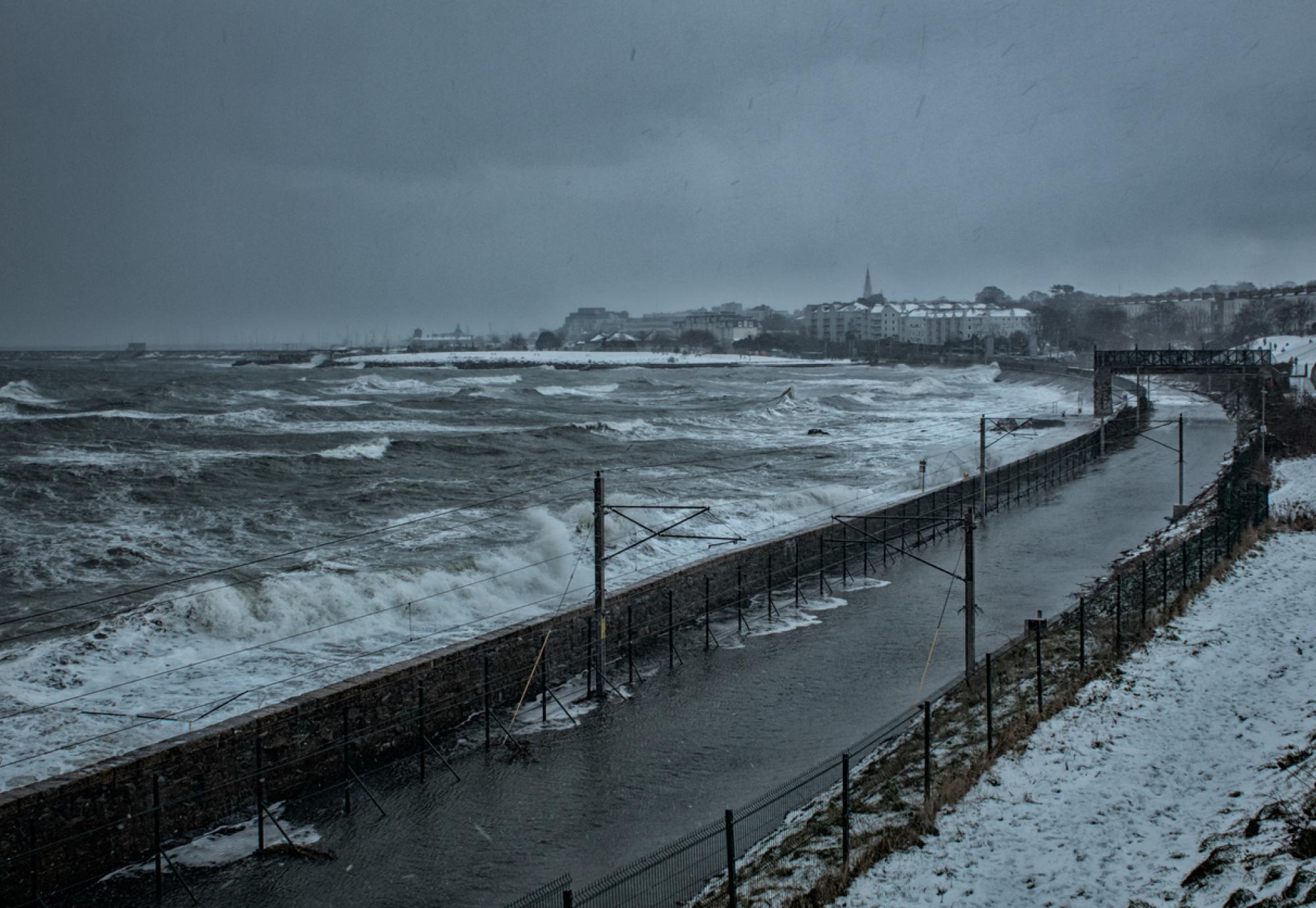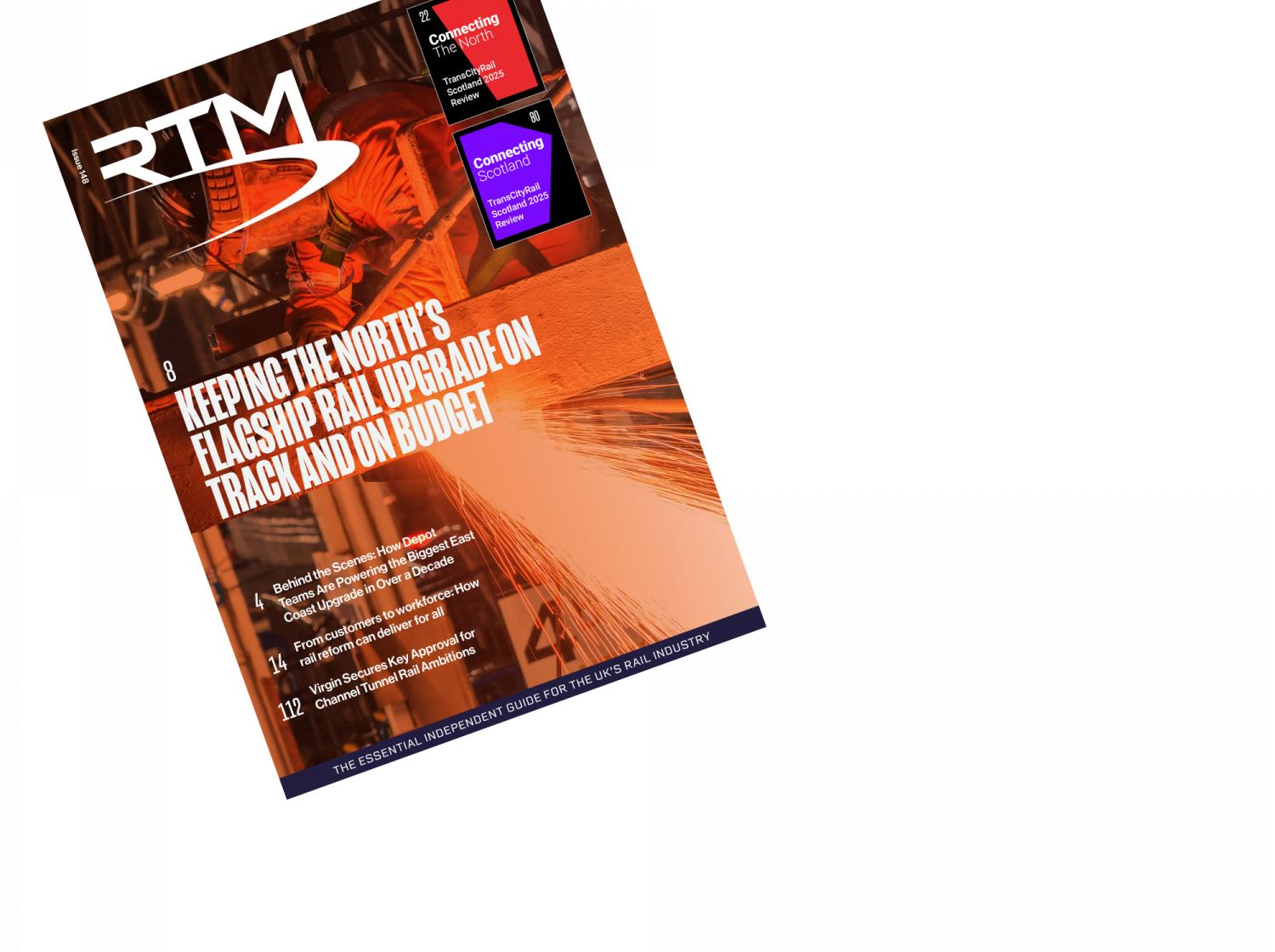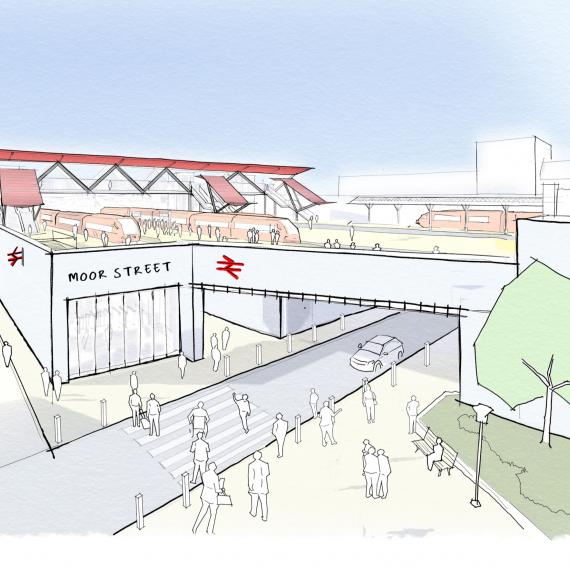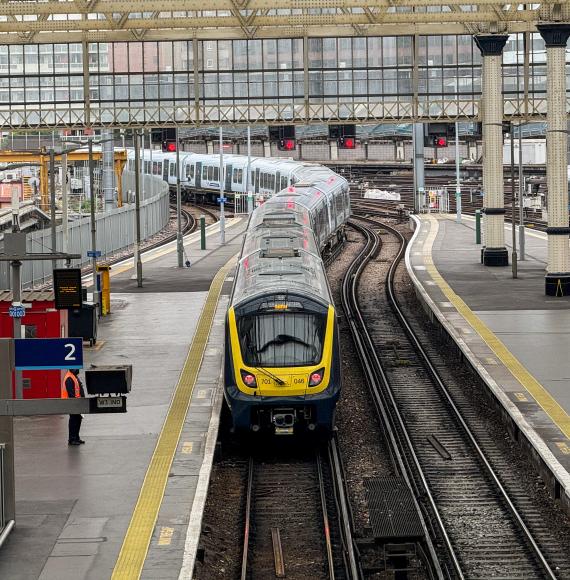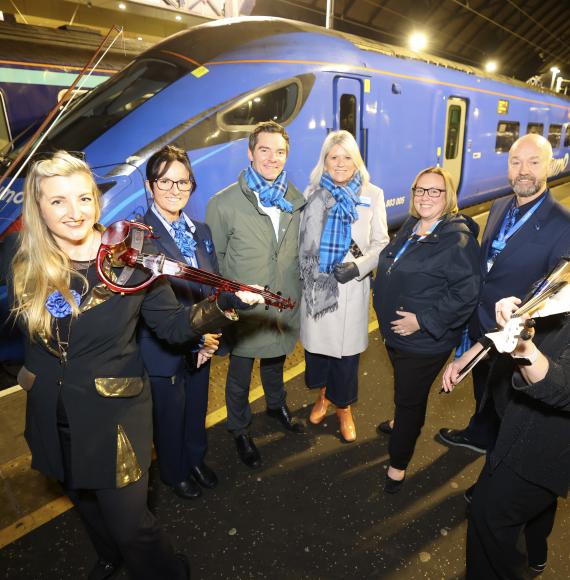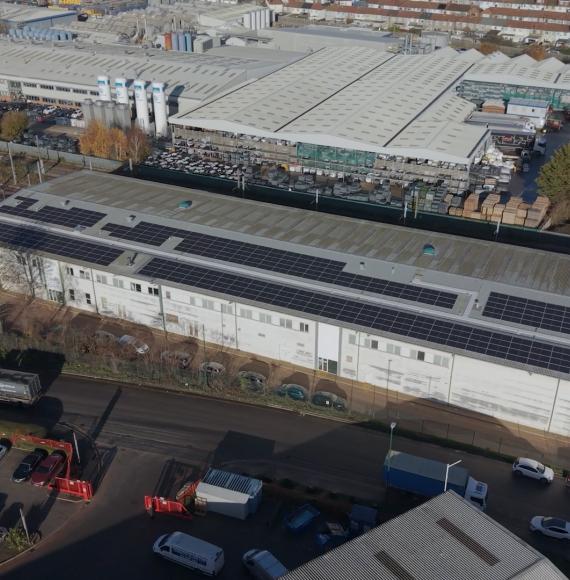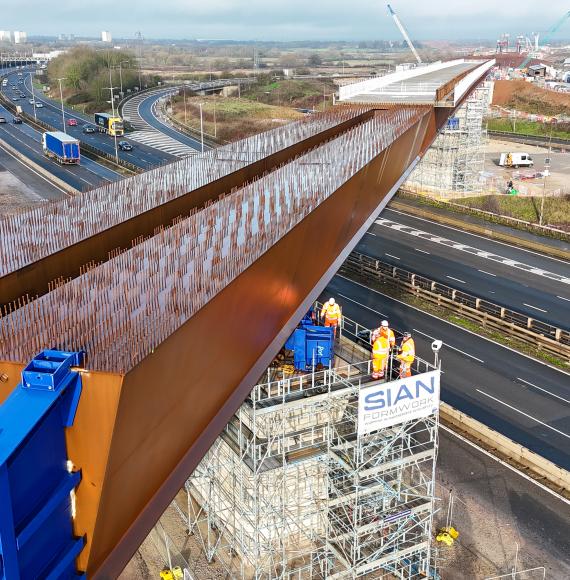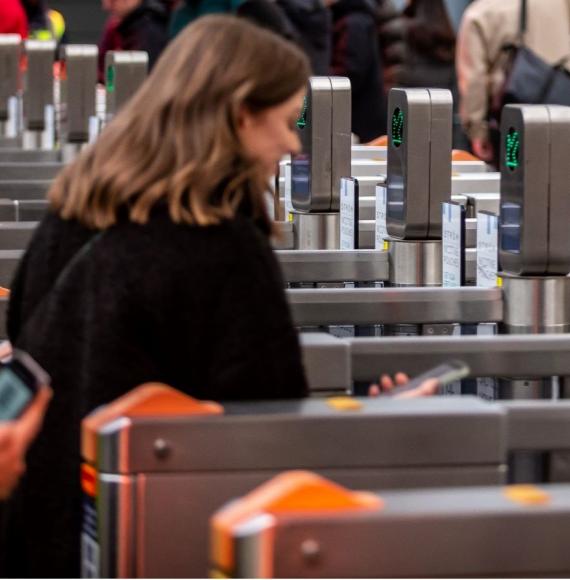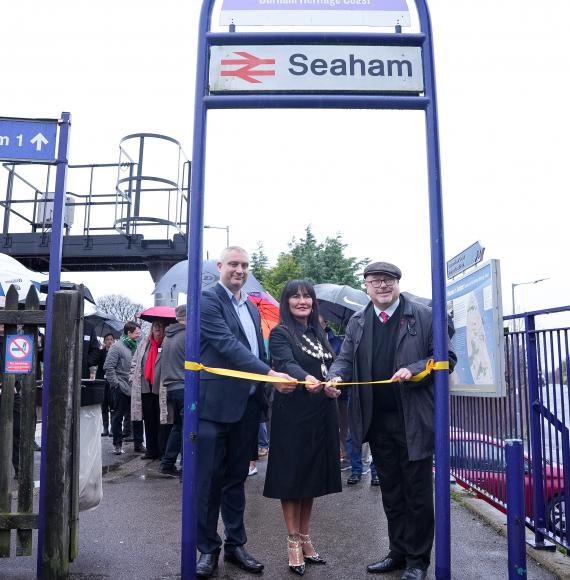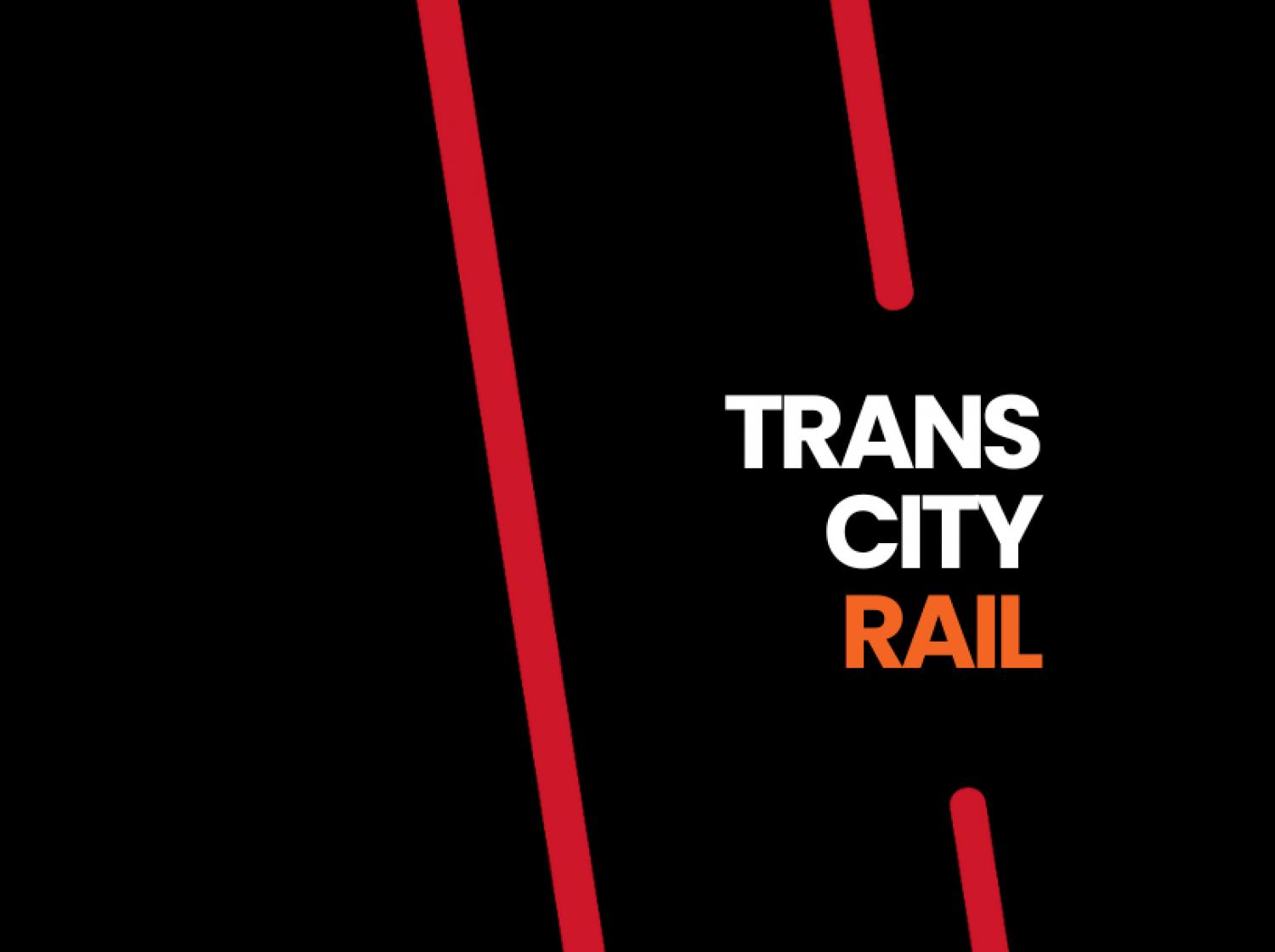As the rail industry looks to deal with the effects of climate change it has never been more important to ensure the UK’s railways is as weather resilient as possible.
Without effective methods of weather resilience delays and disruption can be expected across the rail network as extreme weather events become more common.
The consequences of this have already been felt in 2020 following the Stonehaven accident in which three people died after a train was derailed due to severe rain.
To prevent tragic accidents like this from happening again the work of rail industry leaders like Dr John Beckford and Dr Brian Haddock is vital.
Dr Haddock is the Head of Weather Resilience at Network Rail and worked with Dr Beckford, a Visiting Professor at University College London and Loughborough University to produce a paper for the Royal Academy of Engineering, which looks into the ways data can be used to boost seasonal resilience.
The paper titled Understanding and Utilizing data for a Seasonally Agnostic Railway looks at the ways a more integrated weather resilience system would boost the rail network’s weather resilience.
Speaking on the ways in which the industry needs to reform its approach to weather resilience Dr Beckford commented: “So the essential proposition is that the railway needs to be understood and managed as an interacting set of systems,
“some of which are data, weather, vehicles, or passenger behaviour. And, unfortunately, the way it's been designed is to be managed in a functional manner.
“We focus on track, on drainage, signals or power supply. We never focus on the whole system.
“The point of the work that we’re undertaking here is to understand that risk and performance arise from the interaction of all of the elements of the system together.”
The paper shows us that a more integrated system of weather resilience will be the best way to ensure reliability is not unduly affected by extreme weather events.
This has however often been inhibited by differences between rail operators and Network Rail.
Dr Haddock explained how the suggestions put forward in the paper will help bridge this gap saying: “Historically not only is there organisational disharmony, if you like, the way that it's set up between operators and Network Rail, it's really emphasised, I think, in the weather world.
“That probabilistic outcome of the weather is, based on an asset’s tolerance or its threshold at design.
“What [the recommendations from the paper] do is completely different. We know that we can have very high tolerance to certain thresholds for, for instance, rainfall, or flooding, where we've done lots of work.
“The East Suffolk line is a classic example of this.
“We’ve spent millions of pounds on raising all the signalling equipment off the ground onto stilts and made it far more resilient to the flooding we've seen in East Anglia.
“But because of [a train driver is ultimately not going to drive in floodwater], it doesn't work because the system output doesn't show the probability of the impact on individual passengers and train services. That's what this model does, it's completely different, it looks at it in a completely different way.”
Despite these historical differences between train operators, Dr Beckford believes that the founding of Great British Railways (GBR) will help overcome these differences with the passengers’ best interests being brought to the fore.
Dr Beckford commented on this saying: “Well, who knows what GBR is going to look like. I think as long as everybody is aligned around the interest of the passengers, it'll sort itself out.
“Our job is to provide information and that's what we will be able to do and we'll be able to understand the implications of that information.
“So if we can say to an operator, you're going to incur a three minute delay or a 30 minute delay. I think most of the times, the operators will be grateful for that.
“For me, we need to act in the best interests of the passenger at all times.”
The recent storms Eunice, Dudley and Franklin which have impacted the country have shown just how important high levels of weather resilience are to minimising disruption for passengers.
However, technology can be used to help aid in weather resilience, particularly cybernetics.
Cybernetics underpins the whole proposals made by Dr Beckford and Dr Haddock in the paper for the Royal Academy of Engineering.
Dr Beckford spoke on how this will work to help improve weather resilience explaining: “The fundamental thinking that underpins the model we're building is rooted in the knowledge of cybernetics.
“So what we're doing is using information about the railway to correct errors in the information about the railway, so that it learns from itself. It, learns about what's going on inside itself and uses that information to modify the next cycle of a decision.
“What we can look at is three things. In the first instance, one is the relationship between the weather that we have planned for and the weather we actually get.
“Second question: Will any of those weather parameters that we're expecting (temperature, wind speed, rainfall, snowfall, etc) exceed any of the specified requirements of the railway?
“And then the third question: If that's the case, are there any performance triggers that are going to be activated by that weather? Is there a likely failure emerging? And if there's a likely failure emerging, is there a train running at the time that the railway is affected?”
Overall, it is clear to see how the proposals made by Dr Beckford and Dr Haddock would benefit weather resilience on the UK’s rail network.
Should these proposals be implemented then it would surely be of the overall benefit to passengers across the country as the rail network faces the consequences of more extreme weather events striking the nation.

